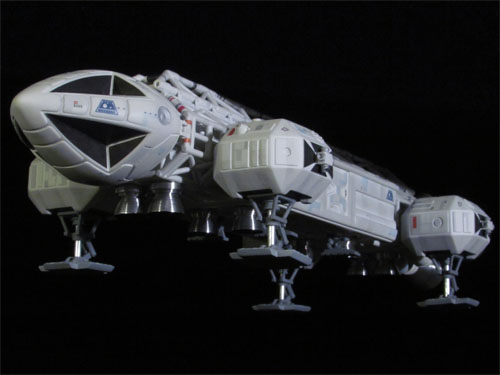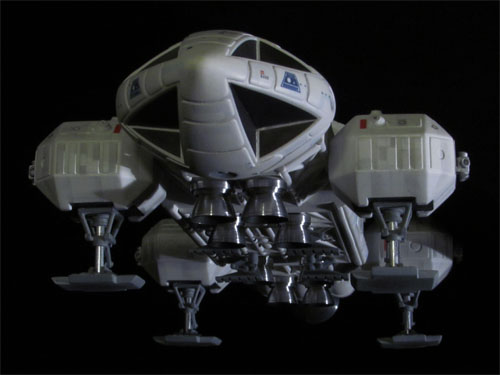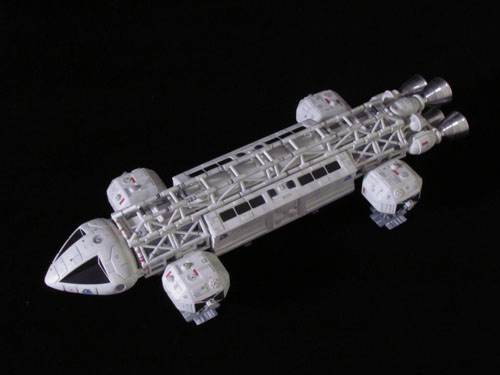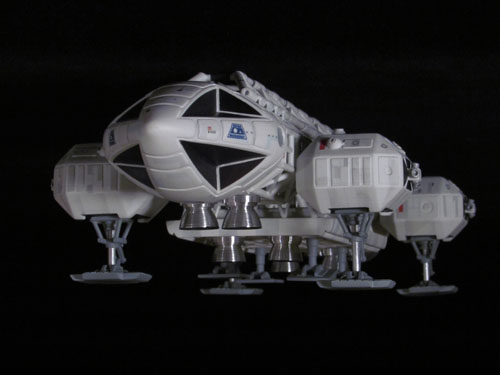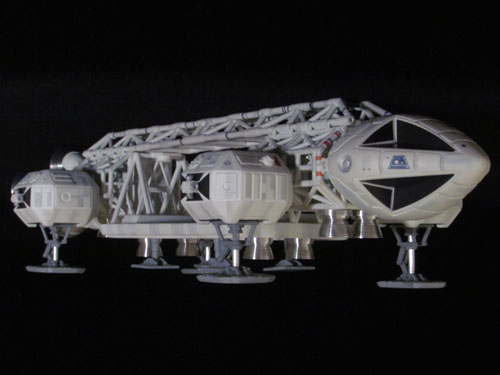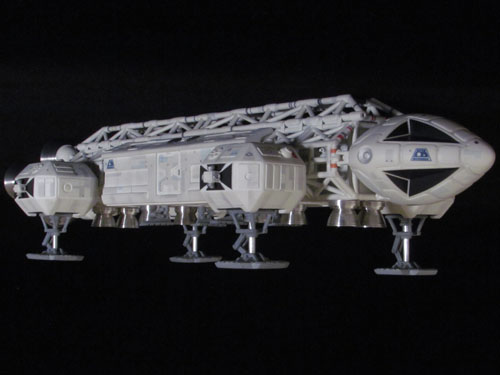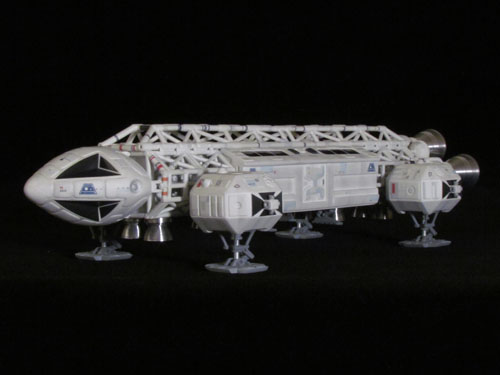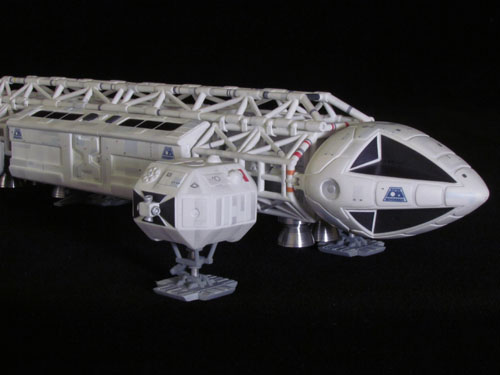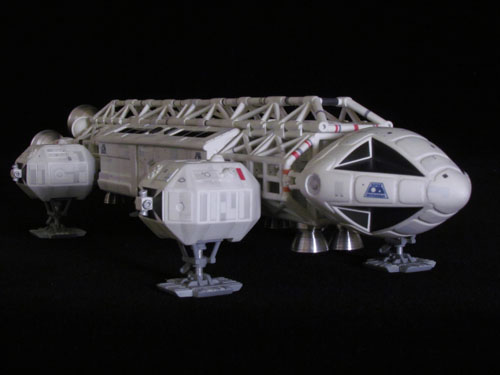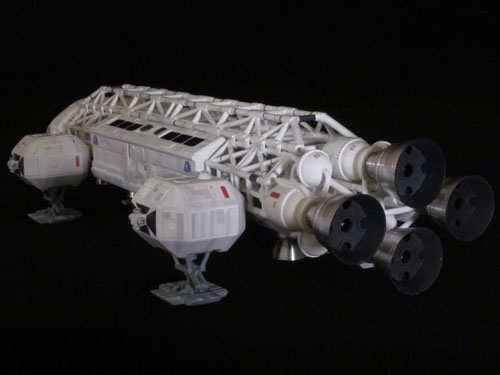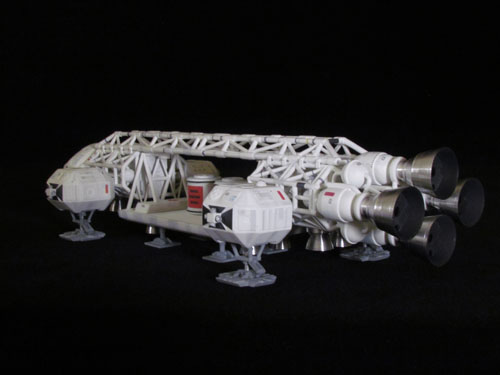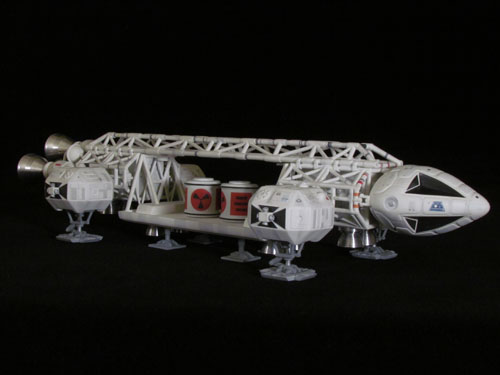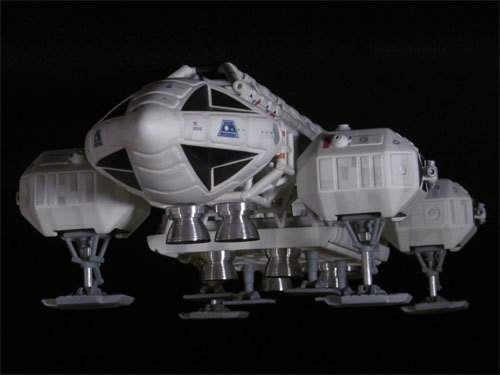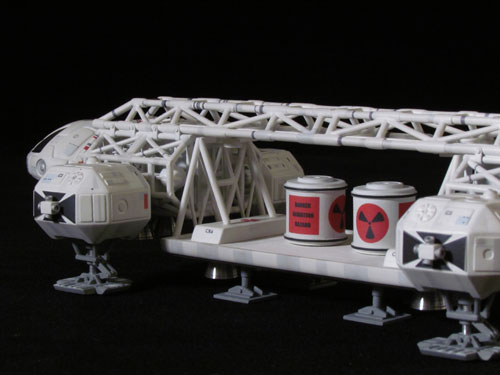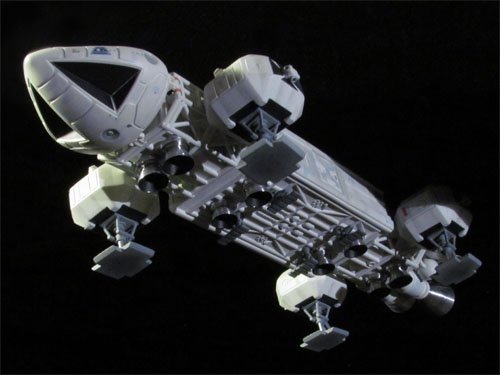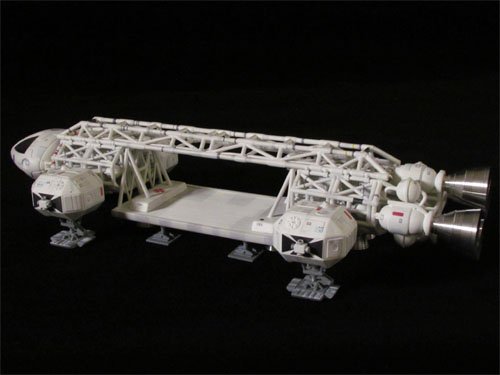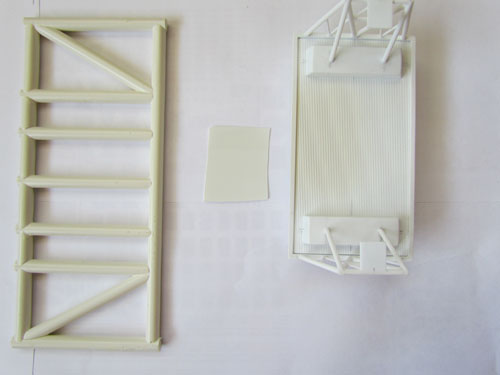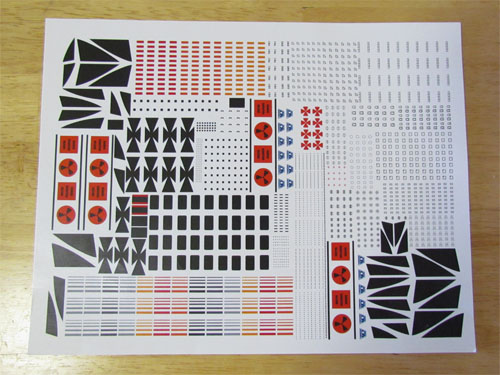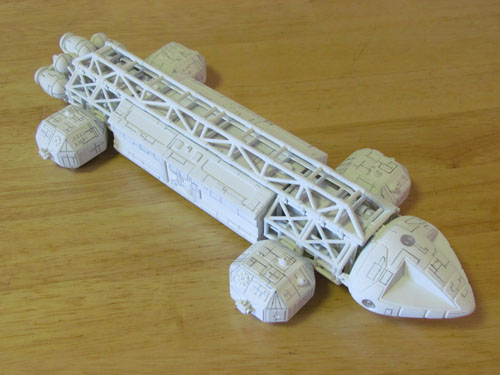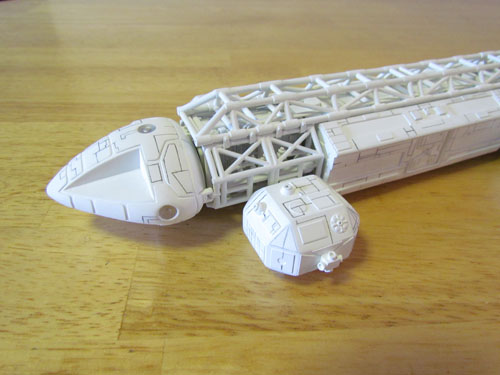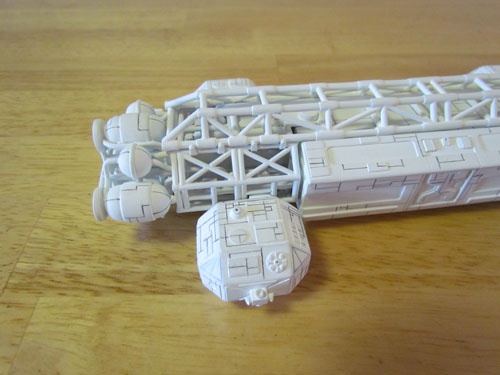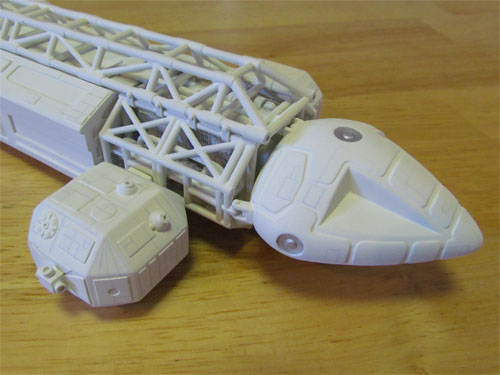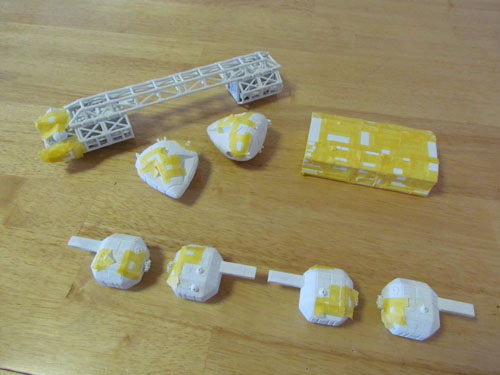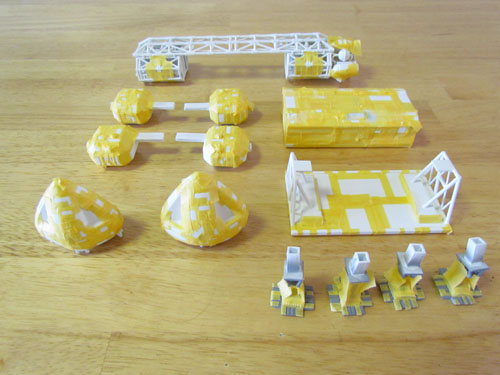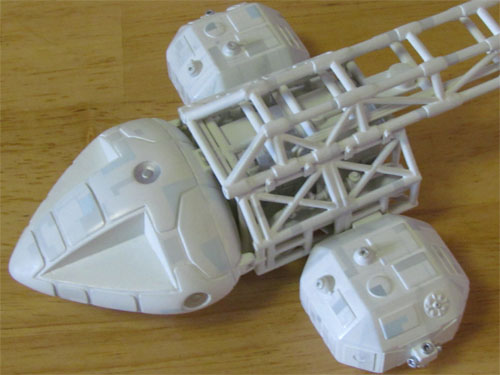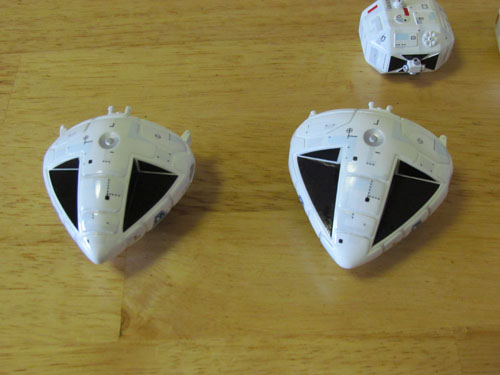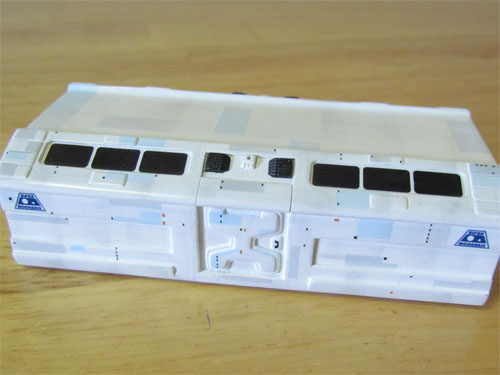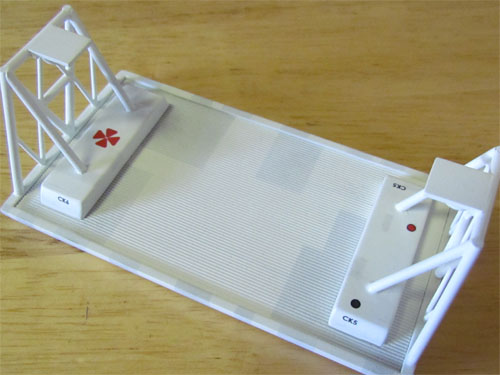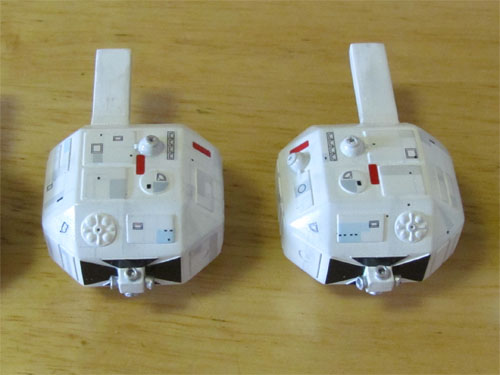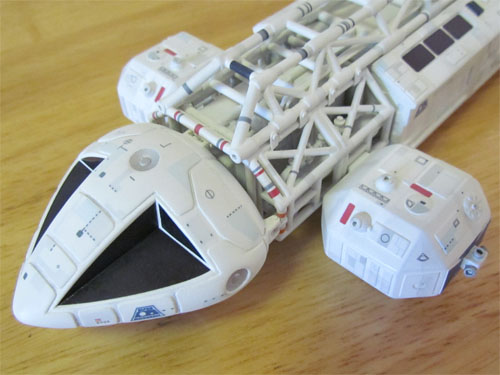

Archive for August, 2016
Transforming the Classic MPC Eagle Kit – Part 4
Here is the last of the articles from Michael Scarola showing his fabulous build of the 12″ MPC Eagle kit. We are generally just showing the finished model this time around. Thanks, Michael, for contributing this series.
I hope to post something soon showing our progress on the 1/2500 NX-01 coming in our anniversary boxed set coming later this year. Happy modeling.
Coming off the Shelf – Cheverra, It’s A Snap!
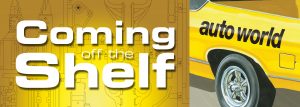
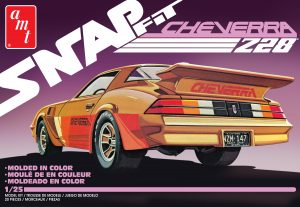
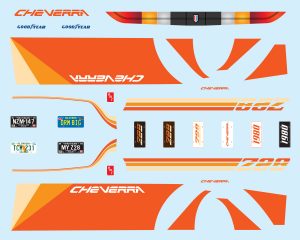
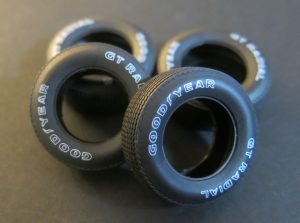
AMT is proud to offer the Cheverra 1980 Z/28 Camaro snap kit, once again! Shot in two colors, this easy-to-assemble snap kit includes just over 2o parts, making it one of the easiest kits you’ll ever assemble. The body is shot in an eye-catching metallic brown, so painting the body is optional. We’ve also taken the liberty of refining the decals, while also adding a few extra goodies to the sheet – just for kicks! As an added bonus, the Cheverra kit now includes a set of tasty pad printed tires, to give your build that extra little something.
Look for it at your local hobby shop!
Lindberg Model kits: 1620 Pilgram Mayflower!
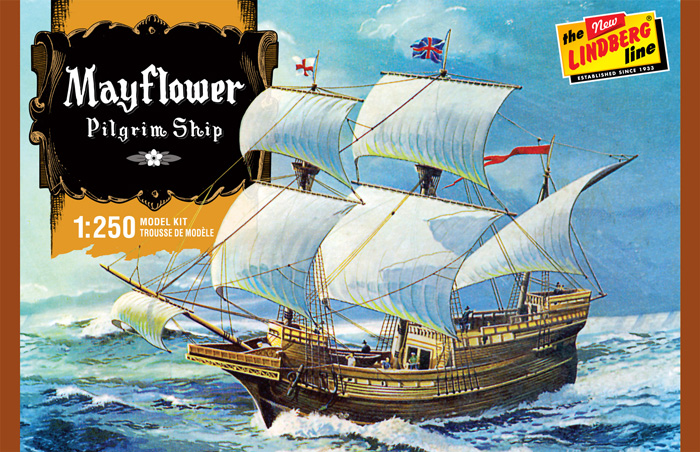
This month set sail with the Pilgrims on the Mayflower. Build this 1:250 replica of the famous ship that establish the first English settlement in the new world. The Mayflower is joining Lindberg’s growing fleet of small scale sailing ships. At 5.5 inches long the kit is packed full of detail with molded flags, preformed sails, decorative hull and wood grain deck.
The Mayflower includes new packaging featuring the 1963 boxart, easy-to-follow instructions, display base with nameplate and Cartograf decals. The new decal sheet includes flags, name for display and stern decoration.
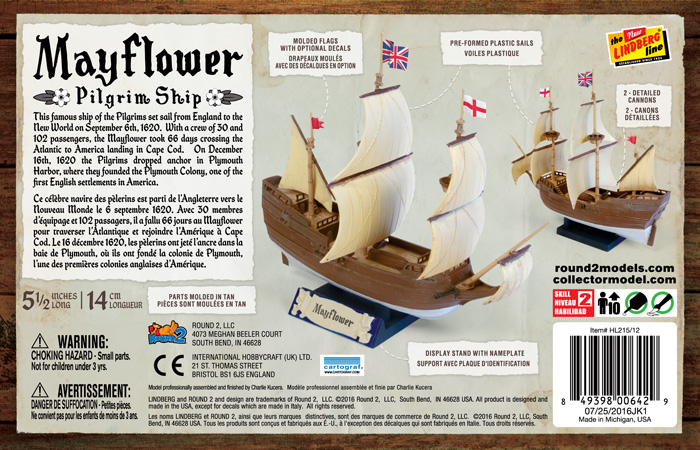
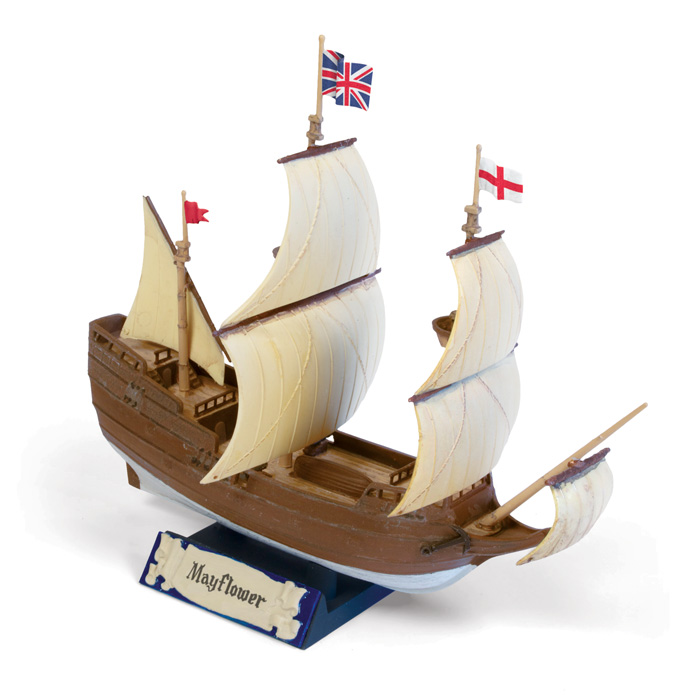
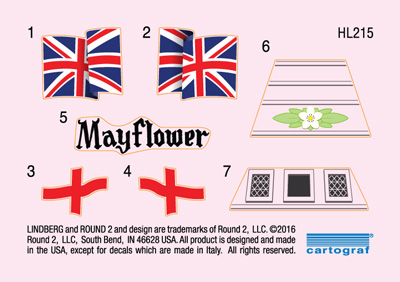
The World’s Fastest Animal: Tom “The Mongoose” McEwen’s Top Fuel Dragster from MPC!
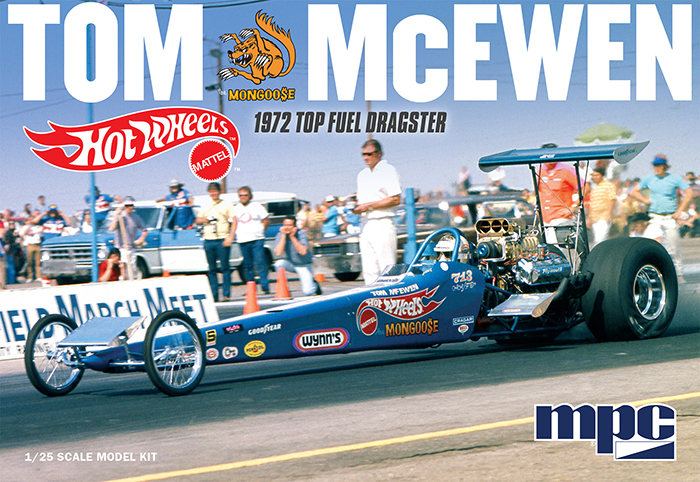
Hot on the heels of our release of Don “The Snake” Prudhomme’s 1972 Yellow Feather Top Fuel Dragster, we’re getting ready to produce the car that was raced by Don’s famous rival, Tom “The Mongoose” McEwen. This pair of drag racers brought modern showmanship and marketing to the sport with their match races and rivalry and paired that with sponsorship from Hot Wheels and made history in the process.
Now you can build and display both The Snake and The Mongoose in all of their 1972 glory. Just like the Yellow Feather kit, MPC’s Mongoose top fueler features newly-tooled rear wing struts and injector scoop, along with pad-printed rear drag slicks. Plus, as both a collectible and guide for the serious modeler, the kit includes a color photo booklet features great images taken by famous drag photographer Steve Reyes with additional image supplied by McEwen himself!
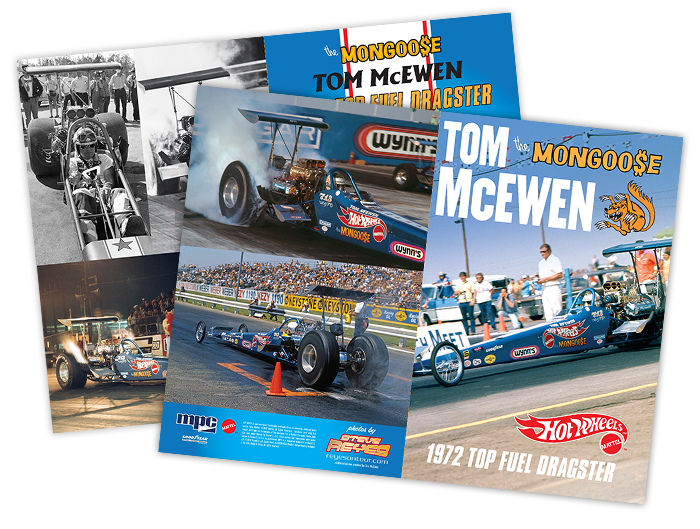
We’re also including a display base to show off your finished kit and while we featured a backdrop from Lions Drag Strip in the The Snake’s dragster, this time the base replicates another of California’s famous tracks – Orange County International Raceway.
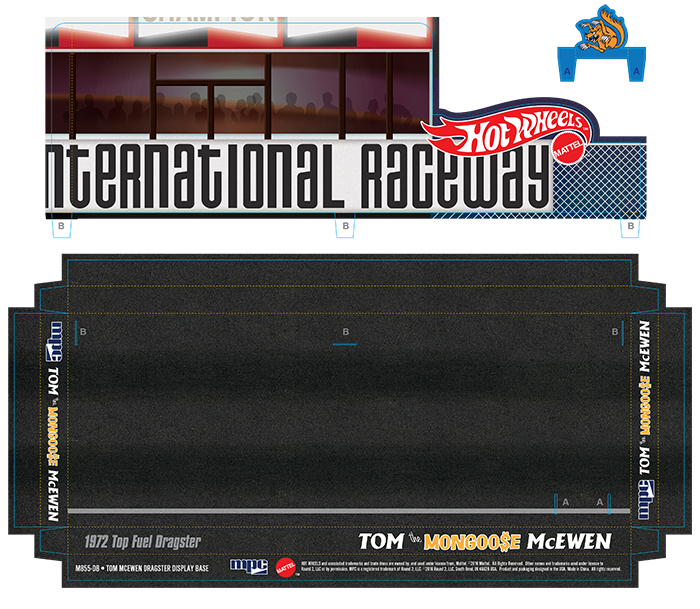
Slated for a December release, be sure to catch this Mongoose when it hits the shelves!
Transforming the Classic MPC Eagle Kit – Part 3
Painting, Weathering, & Decals…
Not unlike the Star Trek original series Enterprise, the Eagle 1 studio model’s hull color has been a subject of debate among modelers. The paint/color that has become the most popular is an automotive paint, Ford Diamond White (FDW). The original Eagle 1, 44” studio model, was originally painted a plain white color but was later re-painted an off-white primer that’s the same shade as FDW.
For this build I wanted to replicate the look of the Eagle in mid season 1, when it had the various gray and blue panels as well as the panel lines drawn on. This seems to be a popular look as I’ve seen many Eagle replicas painted this way and happens to be my favorite look for the Eagle.
A friend sent me a sample of FDW that I used to mix the color using Testors Acryl hobby paint. After speaking with someone who works with automotive paint I found that a greenish-yellow pigment is used in the FDW formula to make the off- white shade. I added a couple of small drops of (Testors) Yellow Zinc Chromate to Flat White and it’s an almost exact match to the FDW color sample.
The color appears to have a creamy appearance with just a very small hint of green under various lighting conditions. With this mix worked out for the hull color all that was needed was to scale down the amount of Yellow Zinc Chromate I was adding to the white. For a larger Eagle, 44” or even 22”, FDW looks right but for this smaller 12” Eagle the off-white color looks better with just a bit less yellow in the mix.
I really wanted the small technical marking decals for this build so I decided to try and make some using the program Illustrator.
I’m still very new to using Illustrator but gave it a go. I studied reference images of the 44” Eagle 1 studio model and made the various markings as well as the windows and anti-glare panels for the resin CM and passenger pod. For the MPC kit’s CM I used the decals that came in the MPC 12” Eagle kit.
Now came the fun part… I sprayed the Eagle and all the various parts with the off-white hull color. After this, using reference pictures of the 44” studio model, I drew on all the panel lines with a pencil.
The hull color was then sprayed over the panel lines to blend them in to keep them more in scale.
Using reference pictures, I started masking all the various gray and blue panels.
This image shows the gray and blue panels painted.
The decals were applied after the panels and small details were painted.
The model’s sections were weathered with dark gray pastel chalks and clear coated to seal it all in. I then sprayed a very thin, light mist coat of the off-white hull color over the decals for a more in scale look.
I sprayed Testors Create FX acrylic clear over the CM and passenger pod’s window decals, which I polished for a glass-like appearance. The windows were then masked when the final flat clear coat was applied. The landing gear was painted Testors Acryl Neutral Gray and the ‘toes’ on the main gear were masked and painted with the same Neutral Gray lightened with some Flat White.
Painting and applying the decals was almost as big a job as the build, well almost. Including all the small technical markings and windows, there are approximately 425 decals applied.
This was an extremely fun project that also gave me an opportunity to learn more about the original 44” Eagle 1 studio model along the way. I’m happy to have this one completed.
I’d like to thank Jamie Hood and everyone at Round 2 for giving me the opportunity to share this on their site.
Michael Scarola
Next time… a batch of beauty shots of Michael’s finished model. -JH
Kat Chat: Skinny Slicks Are In!
The Kats at AMT are stoked to report that the all-new “skinny, pie crust” slicks tooled for the reissue of the Barris Surf Woody have been very well received! Modeler feedback continues to be spectacular and so we included a variant, pad-printed with Firestone lettering, for the landmark reissue of the AMT 1929 Model ‘A’ Ford. Now, for our next trick, how ’bout a wide-whitewall version with simulated raised Firestone lettering! Check it out…
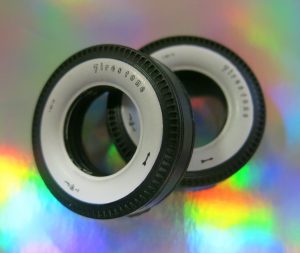
If your eyes are like ours, you’re gonna’ need glasses or a magnifying glass to appreciate the fine detail in the reversed-out pad-printing on these tires. By “knocking out” the outline of the Firestone letters, a raised look is suggested that will give your next rat rod, old school custom or vintage drag racer build a top shelf super-detailed appearance!
But wait, what kit will these irresistible tires be included in? Well, we’re glad you asked! Look for them later in the 4th quarter this year, as an option for the upcoming AMT “GAS MAN” ’49 Ford Coupe!
Grab the glue, it’s all for you!
Lindberg Model kits: 1959 Century Coronado Boat!
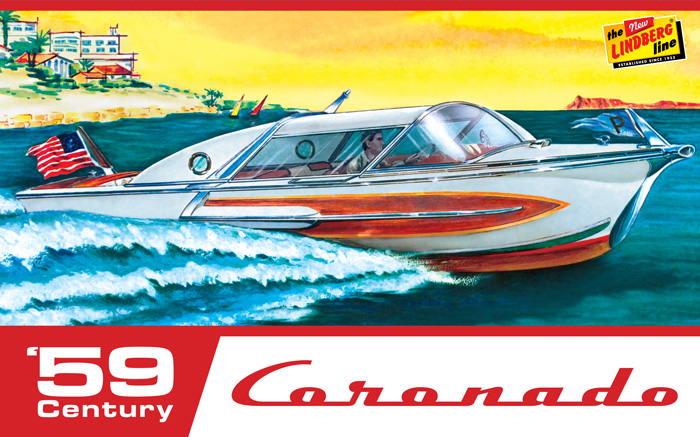
For those fans of mid-century chrome and bubble tops Lindberg has a kit for you. We found a few boats hidden in our tool collection that haven’t been seen since the 1960s and the first one to be released is the 1959 Century Coronado. The 21-foot Coronado was the flagship of Century’s line of runabouts and was known for its luxury and styling. The boat was designed by Richard Arbib, mostly notable for his watch and automobile designs, including the 1957 Hudson Hornet. If you would like to know more about the Coronado and see some pictures check out “The Cadillac of Boats”on WoodyBoater.com. Also check out some of the articles at Forgottenfiberglass.com or CarStyling.ru about Richard Arbib’s car designs.
Features include: full color decals, vintage boxart, display base, chrome parts, plastic flags, sliding canopy, and a removable engine cover.
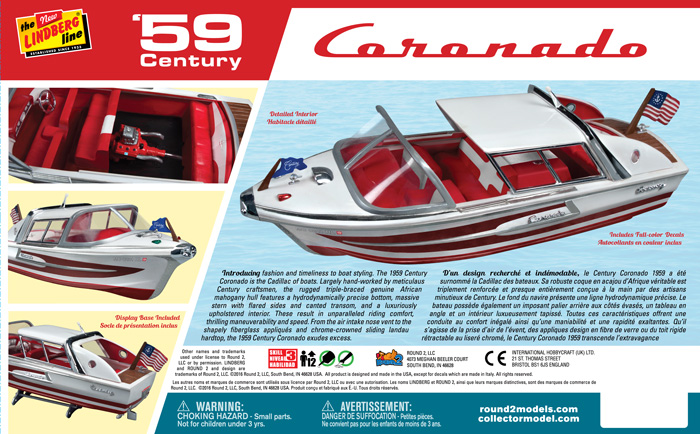
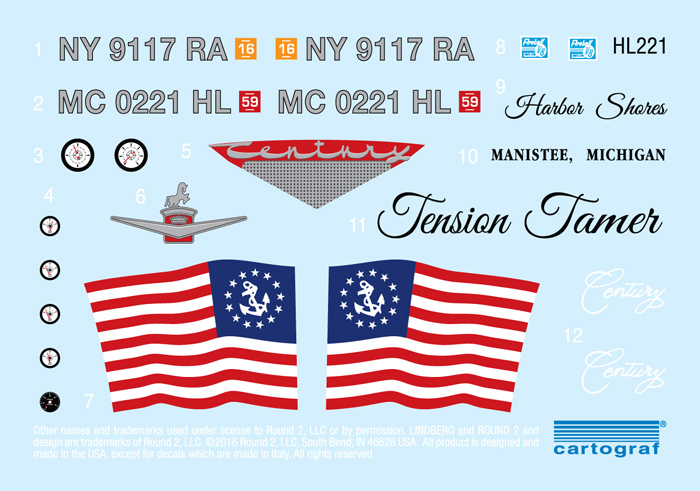
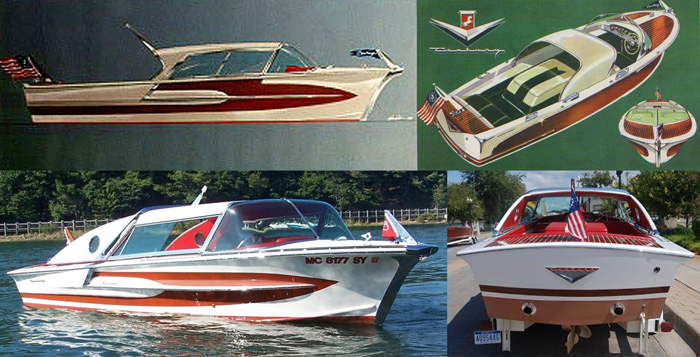
Above: Richard Arbib’s Coronado designs and photos of the real thing. Below: More of Arbib’s designs including the 1957 Hudson Hornet, the 1952 Packard Pan-American Roadster, the 1954 Ford Atmos, and the 1956 Astra-Gnome.


